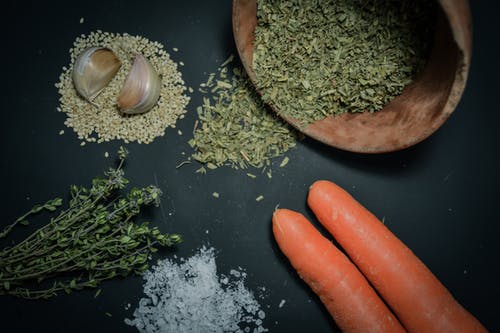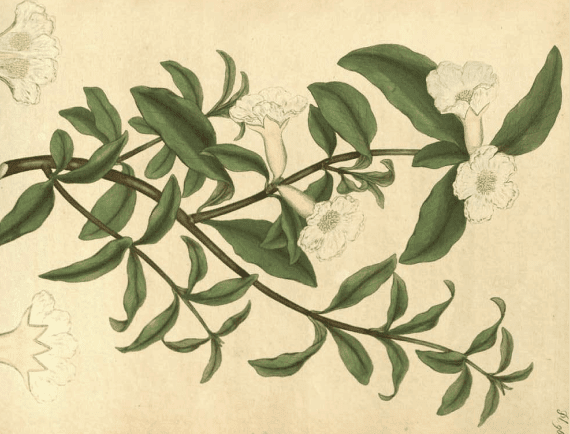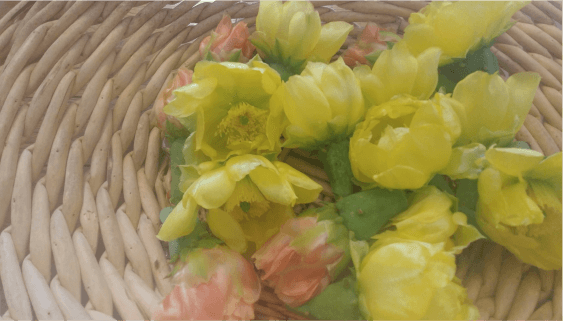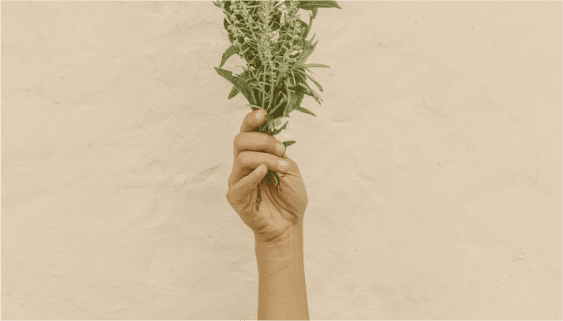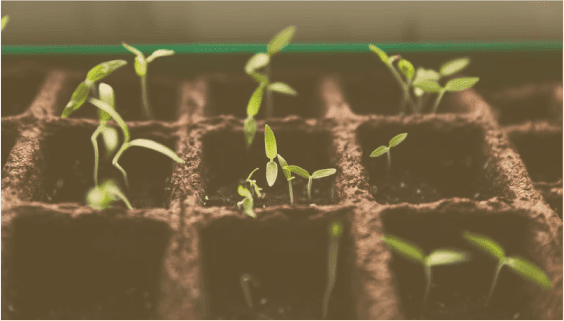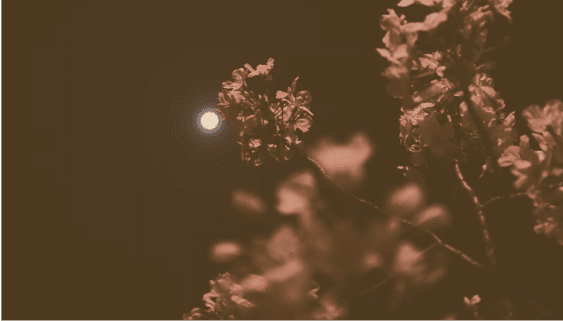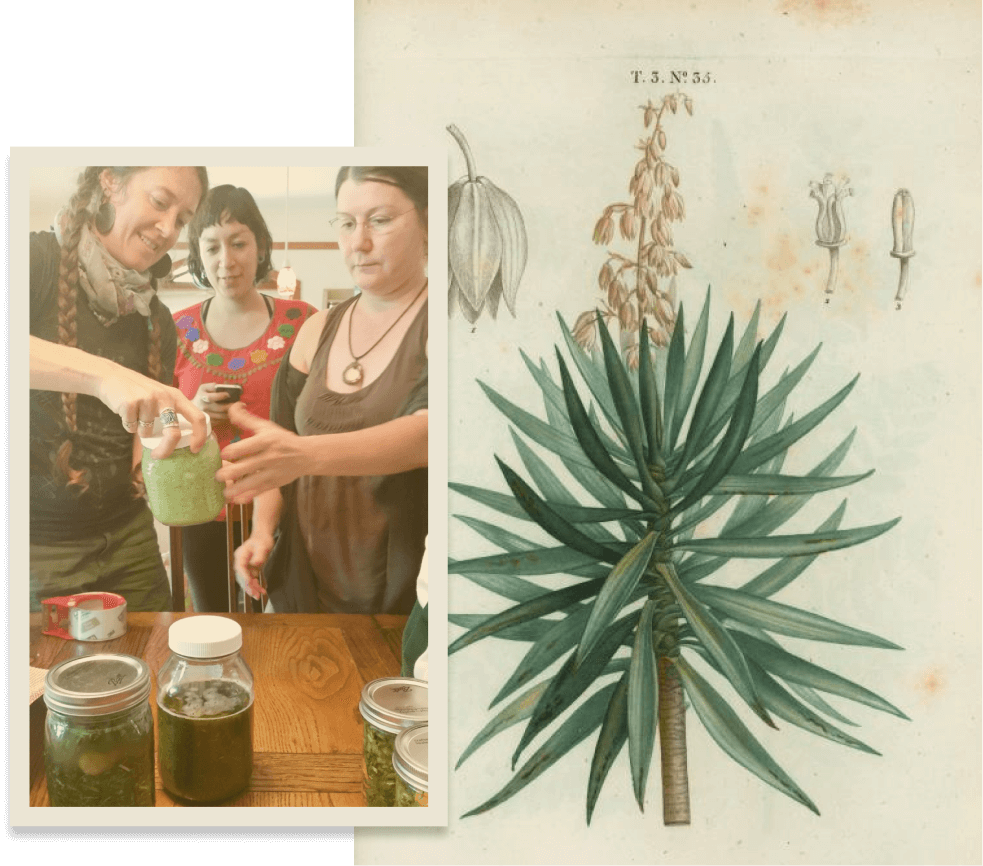Created March 19, with subsequent edits If you use this for your blog or to educate others, I would appreciate a citation or credit. This was done as a free open source document for the good of our public health. Thanks! Nicole Telkes, Registered Herbalist(AHG)
These resources are for people with a deeper knowledge of how to use herbs.
If you are unsure about using herbs, I recommend this document for the general public. It includes some basic herbs to assist with mitigating symptoms. This is not a cure for Covid19. Please do not go out and try to purchase all of these and hoard anything. It makes it harder for us herbalists to do our jobs! Please think bioregionally. What grows where you live? Are there herbalists near you to support before going online to find these? Please see disclaimer at the end of the document.
THIS IS A WORK IN PROGRESS AND IS NOT COMPLETE!
Due to the nature of this pandemic I am offering as I have things ready.
I have a blog post here on supporting immunity. This document gets into specific actions and herbs that may be helpful. Here is a link to my podcast where I am putting together a series speaking to different herbalists on this.
Sleep More Eat Well Exercise Meditate
Nutritional Supplementation for Optimum immunity
- 7000iu of VitD daily
- Vit C to bowel tolerance
- Fish Oil- 2000mcg daily
- Zinc 50mg daily
- Vit A 25,000 iu daily
- B complex 50mg daily
- Interesting research on Quercetin
PREVENTION
Stressed Out? Make teas, glycerites, or tincture blends for you and your loved ones. Include the following:
Nerve Tonics
- Oat Grass Avena sativa
- Skullcap Scutellaria spp
- Wood Betony Stachys spp
Antianxiety
- Passionflower Passiflora spp
- Vervain Verbena spp
- Ca poppy Eschscholzia californica
- Skullcap, Scutellaria spp
- Practitioners Only: Anemone spp drop dosage for panic attacks
- Tulsi Ocimum sanctum
- Motherwort Leonurus cardiaca
Euphorics-Mood elevators
- Lemon Balm Melissa officinalis
- Tulsi Ocimum sanctum
- St Johns Wort Hypericum perforatum
- Mimosa Blossom Albizzia julibrissin
Immunomodulatory and Adaptogens
- Ginseng Family: Aralia in Particular
- Rhodiola rosea
- Cordyceps sinensis
- Reishi Ganoderma lucidum
- Turkey Tail Trametes versicolor
- Ashwaganda Withania somnifera
- Licorice Glycyrrhiza glabra
- Holy Basil Ocimum sanctum
Aromatics:
Spray, Burn, Steam Herbal Aromatics, and wipe down surfaces with aromatics like
- Rosemary Rosmarinus officinalis
- Juniper Juniperus spp
- Cedar Thuja occidentalis
- Sage Salvia spp
- Mugwort/Sagebrush Artemisia spp
- Bee Balm Monarda spp
- Thyme Thymus vulgaris
- Oregano Oreganum vulgare
- Mint Mentha spp
- Chaparral Larrea tridentata
- Sagebrush Artemisia spp
- Tulsi Ocimum sanctum
Tonics for the lungs—either as prevention or to recover after
- Mullein Verbascum thapsus
- Plantain Plantago spp
Nasal Irrigation and Oils
Use isotonic solutions with 1/4 teaspoon salt per cup of water
Sesame oil may be used to coat nasal passages
HERBS TO USE IF SOMEONE IS SICK
Focus on moving the pathogen out quickly and prevent secondary infection. Keep in mind that the secondary infection most commpnly seen in this case, moves into lower respiratory tract and can create pneumonia.(this is not a substitute for medical intervention, this is if the person cannot get to medical attention or is told to stay home) :
Immune Stimulants: Echinacea, Baptisia(Wild Indigo), Eupatorium(Boneset),Sambucus( Elder),Lonicera (Japanese Honeysuckle),Commiphora or Bursera ( Myrhh),Boswellia (Frankincense), Allium(Garlic)
Respiratory Expectorants Lobelia, Pleurisy Root, Grindelia, Yerba Santa, Juniper, Osha, Ginger, Balsamroot, Yerba Mansa, Prickly Ash, Garlic
Respiratory Antispasmodics: Wild Cherry Bark, Grindelia, Osha, Ginger, Prickly Ash, Mint, Evening Primrose Root
Respiratory Demulcents: Irish Moss, Marshmallow, Violet Leaf, Slippery Elm
Plants that break up phlegm and or Decongest: Chickweed, Red Clover, Onion, Cabbage, Eriodictyon, Eucalyptus
Antimicrobial may be Antiviral potential denotes by AV: Usnea, Agarita if bowels are involved, Myrhh, Osha(AV), Baical Skullcap(AV), St Johns Wort(AV), Lemon Balm(AV), Amorpha(AV), Thermopsis(AV), Elder(AV), Juniper, Bee Balm, Rosemary, Thyme, Oregano, Onions, Garlic, Mint, Eucalyptus, Usnea
Diaphoretic Alteratives: Ginger, Mint, Lemon Balm, Garlic, Chili Pepper, Bonesets, Elder Flower pressure off lungs(sweating helps alleviate this), Tulsi
Lymphatic Alteratives Red Root, Cleavers, Ocotillo, Practitioner only drop dosage Poke, Iris
Home Remedies: Garden Plants with lots of strong aromatics, see previous section under Aromatics
Herbal Baths and Steams for the Lungs from the Herbal Academy
Fire cider Recipe from Free Fire Cider
Onion Poultice/Plaster-to help with congestion and coughing
Vinegar of the Four Thieves: See recipe
Cabbage Poultice from Chanchal Cabrera
Plants to know and grow
Garlic
Ginger
Echinacea
Lemon
Lemon Balm
Eating Peels of Citrus-Kumquats yum!
Treatment of Symptoms(this is not a substitute for medical intervention, this is if the person cannot get to medical attention or is told to stay home) : Sample Protocol you can share with clients
-Basics: keep client hydrated adding in demulcents to water and keep steaming aromatics in air. Do they have a humidifier? Try to obtain or get them in the shower
-Do herbal Steams and keep resting. Steam every hour
-Drink Warm water, nothing cold
-If coughing and moving into lungs: apply onion poultices every few hours. Take cough syrups with antispasmodic and demulcent herbs.
-Continue with large doses of immune stimulants and antimicrobials like garlic and echinacea
Resources from other Herbalists
Herbalists Without Borders
Resources from other trusted Herbalists:
Donny Yance on Elder and the Cytokine Storm?
Paul Bergner-Influenza Audio Series
Preparation for the COVID-19 pandemic
by Paul Bergner. North American Institute of Medical Herbalism
Naturally at this time we need to research and explore what our approach will be as natural healers to COVID-19 epidemic. As many others are pointing out, this is not a case for panic. For many individuals this will be similar, or perhaps even milder for some than seasonal influenza. Therapeutically we may approach prevention during prevalence, actions to take after definite exposure, and therapeutics the same as with influenza. However, with this epidemic we need to take special measures to prepare for those family, community members or patients who are at risk to develop severe disease. Not panic, constructive activity and planning.
The following information is from Report of the WHO-China Joint Mission on Coronavirus Disease 2019 (COVID-19), Dated February 22, 2020 which is freely available with an internet search. This information may change as new information comes from the many countries now experiencing the epidemic, but give a picture of the significant risk this epidemic poses to vulnerable individuals.
Range of presentations
—Asymptomatic cases are relatively rare, perhaps 1-2%. Many virus-positive cases which are at first are asymptomatic later develop symptoms. Asymptomatic carriers are not a major method of transmission.
—80% of laboratory confirmed patients have had mild to moderate disease, including non-pneumonia and pneumonia cases and recover without complications.
—13.8% have severe disease (dyspnea, respiratory frequency ≥30/minute, blood oxygen saturation ≤93%, PaO2/FiO2 ratio <300, and/or lung infiltrates >50% of the lung field within 24-48 hours). These patients require hospitalization.
—6.1% are critical (respiratory failure, septic shock, and/or multiple organ dysfunction/failure). These patients require intensive care.
About 1 infected patient in 5 may require hospitalization for oxygen, IV fluids, close monitoring for complications, or intensive care. A high percentage of medical herbalists are not trained to monitor for signs of severe disease and do not have ready contingencies when such disease presents. Prepare now!
Individuals at highest risk for severe disease and death include:
—People aged over 60 years old
—Those with underlying conditions.
—Children are —not— at high risk. Disease in children appears to be relatively rare and mild with approximately 2.4% of the total reported cases reported among individuals aged under 19 years. A very small proportion of those aged under 19 years have developed severe (2.5%) or critical disease (0.2%).
Fatality rates and high risk groups.
For fatality rates, it has to be remembered that many mild cases may not be detected symptomatically or especially by lab confirmation, and actual rates may be lower. In China as of February 20, 2020, 55,924 laboratory cases have been recorded.
Mortality risk by group
—Overall case fatality rate: 3.8%
—Fatalities among those with no comorbidity: 1.4%
—Males 4.7% to Females 2.8% (includes comorbid patients)
—Patients over 80 years old: 21.9%
—With cardiovascular disease: 13.2%
—With Diabetes 9.2%
—With Hypertension 8.4%
—With chronic respiratory disease. 8.0%
—With Cancer 7.6%
In this group of co-morbid patients, this virus is in the same range of lethality as SARS (about 10%).
Don’t panic but do prepare
—Examine for risks among family friends, neighbors, and patients, now before the epidemic becomes more widespread here.
—Assess resources, health insurance, transportation and access to ER or hospital
—Expand your skill set and earn how to monitor for serious disease.
—Know that the hospital system may become overwhelmed at some times during the epidemic and be unable to care for critically ill patients. If you live in an underserved area, consider contingencies.
You can see the full NAIMH course on pathology, prevention, and therapeutics for pandemic influenza at the link below.
Disclaimer
Information on this document is for educational purposes only. There is no known cure for covid 19 at the time of publication of this document. The classification of the herbs comes from over two decades of work with plants, and general traditional knowledge of use of the herbs. I will be adding citations to useful studies and information that you can look more deeply into. When gathering information please consider the source of the information. Expert opinions should come from people who dont just have letters after their names, but experience with the subject matter in a deep and meaningful way. The herbs included in this document are classified using the framework of traditional, holistic, western herbalism and actions. Many herbalists may take into account humoral energetics, or other concepts as well and look at where the herb excretes in the body (See Galen’s Key to the Physick). This document is to provide you with a framework to help yourself or others with symptoms related to Covid 19, and should be considered carefully if there are other medical considerations involved. Please make sure to refer out to the proper level of care if you are at all questioning your approach.
In good health
Nicole Telkes
